As the world continues to face increasing demand for sustainable and cost-effective construction, the building industry has shifted its focus towards Prefabrication and Modular Construction. These innovative construction methods offer several advantages over traditional construction techniques, including improved efficiency and sustainability.
Prefabrication and modular construction involve constructing building components offsite in a factory and then assembling them at the construction site. This process allows for better quality control, reduced construction time, and cost-effectiveness. Additionally, these methods are highly sustainable, contributing to reduced waste generation, energy efficiency, and improved environmental performance.
Key Takeaways
- Prefabrication and modular construction offer several advantages over traditional construction techniques, including improved efficiency and sustainability.
- These innovative methods involve constructing building components offsite in a factory and then assembling them at the construction site.
- Prefabrication and modular construction contribute to reduced waste generation, energy efficiency, and improved environmental performance.
What is Prefabrication and Modular Construction?
Prefabrication and modular construction are offsite construction methods that involve constructing building components in a factory and then assembling them at the construction site. Factory-built construction involves creating individual building modules, such as walls, roofs, and floors, that can be transported to the construction site for final assembly.
The main difference between prefabrication and modular construction is that prefabrication involves constructing individual components that are assembled onsite, while modular construction involves creating entire building modules that are transported to the construction site.
Both methods offer several benefits, including improved efficiency, reduced construction time, and increased quality control. Additionally, prefabrication and modular construction have become increasingly popular due to their sustainable features, reduced waste generation, and energy-efficient construction processes.

The Advantages of Prefabrication and Modular Construction
Prefabrication and modular construction offer a number of advantages over traditional construction methods. These advantages include:
| Efficiency in Construction |
Prefabrication and modular construction can save a significant amount of time compared to traditional construction methods. This is because the components are built in a controlled factory environment, where weather and other external factors don’t cause delays. Once the components are ready, they can be assembled quickly and efficiently on the construction site. |
| Cost-Effective Construction |
Prefabrication and modular construction can also be more cost-effective compared to traditional construction methods. This is because the factory process allows for more accurate cost estimates and fewer unexpected costs. Additionally, construction can be completed in less time, which reduces labour costs. |
| Increased Quality Control |
Factory-built construction allows for greater control in the quality of materials used. Additionally, because prefabricated components are built in a factory under controlled conditions, each component is built to exact specifications, reducing the possibility of errors and inconsistencies. |
Overall, prefabrication and modular construction are efficient, cost-effective, and produce high-quality results, making them an attractive option for developers and builders looking to improve their construction practices.
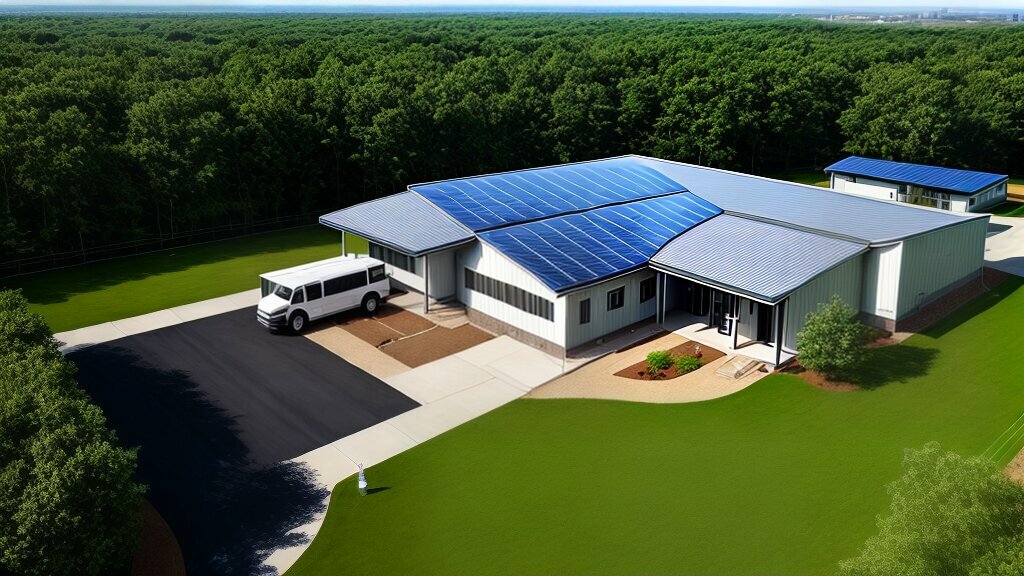
Sustainable Construction with Prefabrication and Modular Construction
One of the key advantages of prefabrication and modular construction is its sustainability. With construction and demolition being responsible for a significant amount of waste and carbon emissions, there is a growing need for more sustainable building methods.
Prefabrication and modular construction can contribute significantly to reducing waste generation. Because building components are manufactured offsite in a controlled factory environment, the production process is more efficient, with less material waste and improved quality control. Additionally, the use of modular construction allows for easier disassembly and reuse of building components at the end of their useful life, reducing the amount of waste that would otherwise end up in landfills.

Modular construction also has several energy-efficient features. The production process can optimize insulation, lighting, and ventilation systems more easily, reducing energy consumption during the building’s daily operation. Additionally, because factory-built components are constructed to precise measurements, there can be a tighter air seal in the building, reducing heat loss and minimizing the energy required to maintain a comfortable interior temperature.
Finally, prefabrication and modular construction offer improved environmental performance. The factory-controlled production environment allows for better control of hazardous material exposure to workers, while also reducing the use of harmful chemicals in the construction process. Moreover, the use of sustainable materials, such as recycled steel and locally sourced wood, can further reduce the environmental impact of a building project.
The Preconstruction Planning Phase
Prefabrication and modular construction require meticulous preconstruction planning to achieve optimal results. Careful consideration of key factors such as site logistics, design coordination, and project management can minimize risks and ensure successful implementation of these construction methods.
Design Coordination
Effective design coordination is critical for prefabrication and modular construction projects. Architects, engineers, and contractors must work together to ensure that all building components fit together seamlessly. This coordination involves the preparation of detailed drawings and specifications that take into account the precise measurements, materials, and finishes of each component.
Logistics
Logistics planning is another crucial aspect of the preconstruction phase for prefabrication and modular construction projects. This involves careful consideration of transportation logistics, as well as the sequencing of component deliveries to the construction site. Efficient logistics planning can minimize the downtime and disruptions associated with construction projects.
Project Management
Effective project management is essential to ensure that prefabrication and modular construction projects are delivered on time and within budget. This involves the development of a detailed project schedule, as well as effective communication and coordination among all project stakeholders. Project managers must also ensure that all building components are fabricated to the required quality standards and are delivered to the site on schedule.
The preconstruction planning phase is a critical component of prefabrication and modular construction projects. Effective planning can help to minimize risks and ensure that these construction methods are implemented successfully.
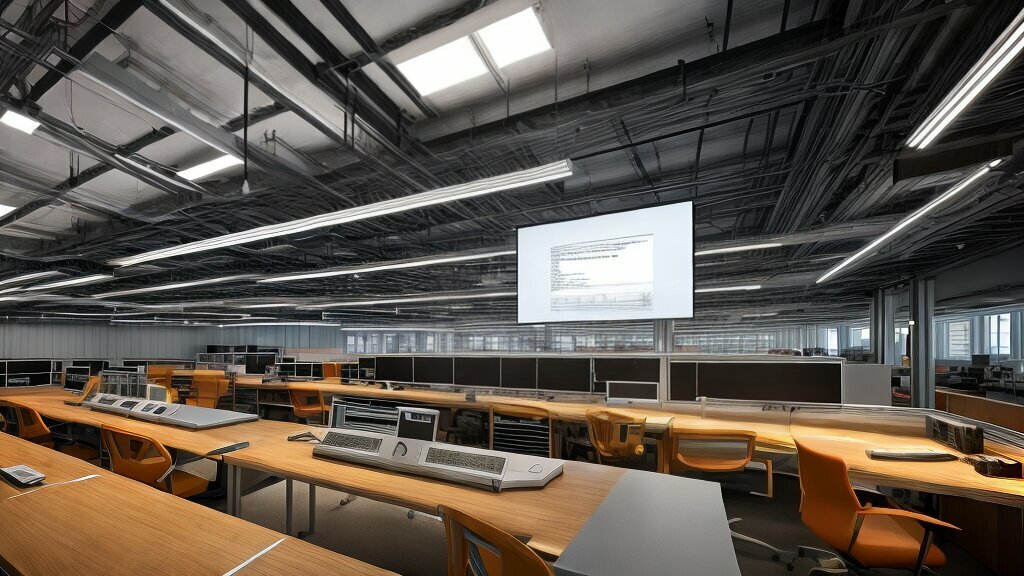
Types of Modular Buildings
Prefabrication and modular construction are increasingly being adopted in various building types due to their versatility and adaptability. Let’s take a look at the different types of modular buildings:
| Residential structures |
Prefabrication is commonly used in the construction of single-family homes, apartments, and even entire housing developments. The factory-built construction is typically faster, cheaper, and more energy-efficient. |
| Commercial structures |
Office buildings, hotels, retail spaces, and warehouses are just a few of the commercial structures that can be built using prefabrication and modular techniques. These structures can be easily modified and expanded, allowing for flexibility and sustainable growth. |
| Educational structures |
Prefabrication is commonly used in the construction of classrooms, laboratories, and even entire school buildings. They are constructed with precision in a controlled factory environment, ensuring higher quality and faster speed of construction. |
| Healthcare structures |
Hospitals and medical facilities require specialized equipment and materials, making modular construction a popular choice for these structures. They can be designed to be energy-efficient and can be easily modified based on changing patient needs. |
Modular buildings are not limited to these four categories. They can be used in a wide range of applications, including government and military buildings, sports facilities, and even disaster relief structures.
Image description: An image showcasing different types of modular buildings including residential structures, hotels, classrooms, hospitals, and commercial structures. The buildings are shown in a 3D rendering format.

Innovations in the Construction Industry
Prefabrication and modular construction have seen significant advancements in recent years, driving innovation within the construction industry. One notable innovation is the use of Building Information Modelling (BIM), which allows for detailed planning and coordination between project teams, resulting in improved efficiency and reduced waste.
In addition, the integration of robotics and automation in manufacturing processes has led to increased precision and consistency in building components. This, coupled with the use of sustainable materials such as cross-laminated timber (CLT) and recycled steel, is contributing to the rise of environmentally conscious construction practices.
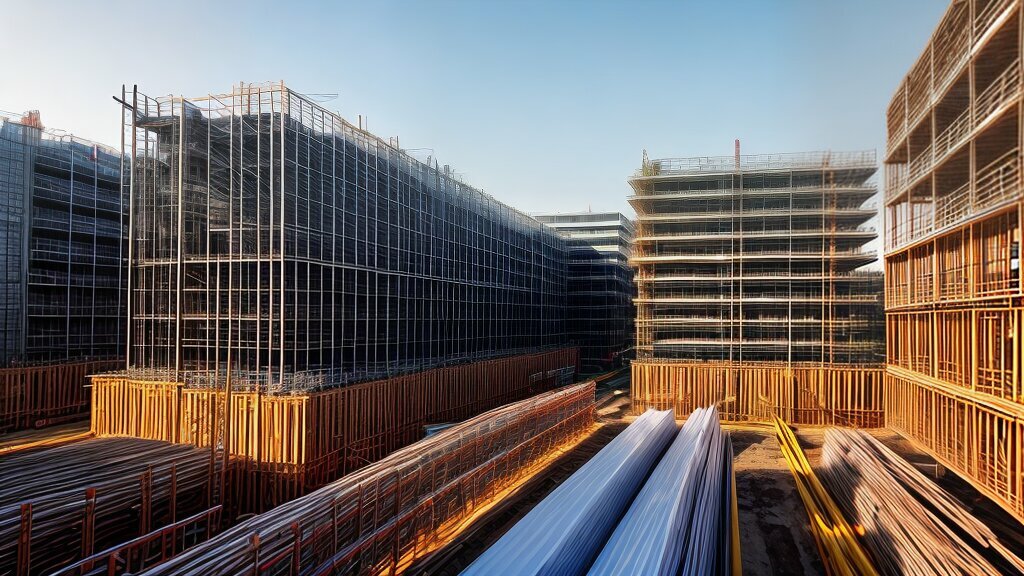
Flexible design options are also becoming more common in the industry, with modular components being used to create adaptable and customisable structures. This trend is particularly prevalent in the residential sector, where modular homes offer a cost-effective and sustainable solution to the housing crisis.
The Future of Prefabrication and Modular Construction
Moving forward, the use of advanced manufacturing techniques such as 3D printing and offsite assembly is expected to further increase the efficiency of prefab and modular construction. Additionally, there is potential for greater integration with renewable energy systems, creating a more sustainable built environment.
Overcoming Challenges in Prefabrication and Modular Construction
While prefabrication and modular construction offer a range of benefits, there are still challenges to be overcome in implementing these techniques in the construction industry. Below are some common challenges and strategies for overcoming them:
| Challenge |
Strategy |
| Transportation logistics |
Coordinate with transportation companies to ensure timely delivery of components and minimize disruption to surrounding areas. |
| Site conditions |
Conduct a thorough site analysis to identify potential site-related issues and develop strategies for addressing them. |
| Integration with traditional construction methods |
Create a clear plan for integrating prefabricated and modular components with traditional on-site construction methods, including communication between factory and site teams. |
Addressing these challenges requires careful planning and communication between all parties involved in the construction process. However, the benefits of prefabrication and modular construction make it a value proposition worth pursuing.
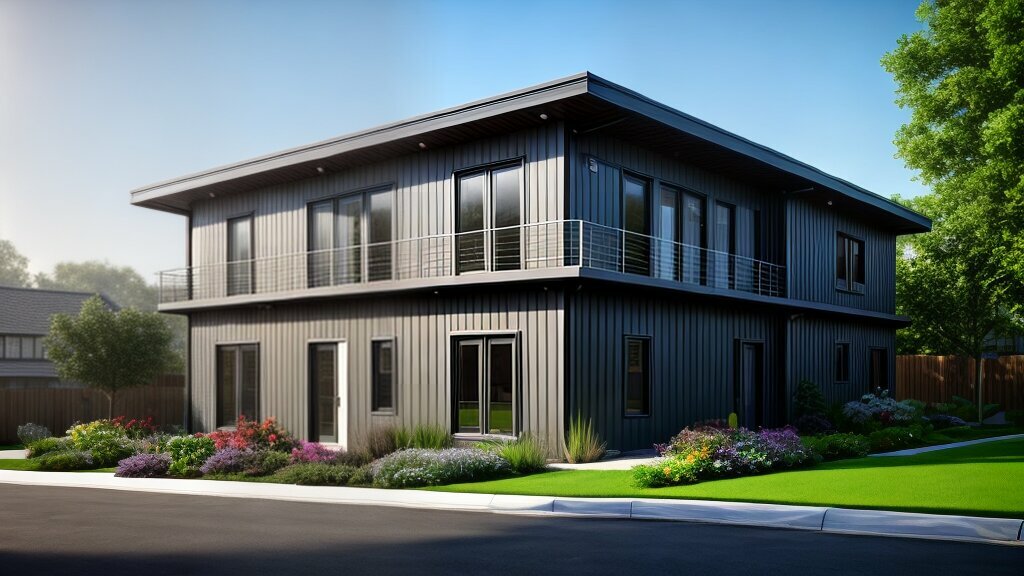
Case Studies: Successful Prefabrication and Modular Construction Projects
Real-life examples demonstrate the advantages of prefabrication and modular construction. This section explores successful projects that showcase the versatility, affordability, and sustainability of offsite construction.
1. Park Road Student Accommodation, London
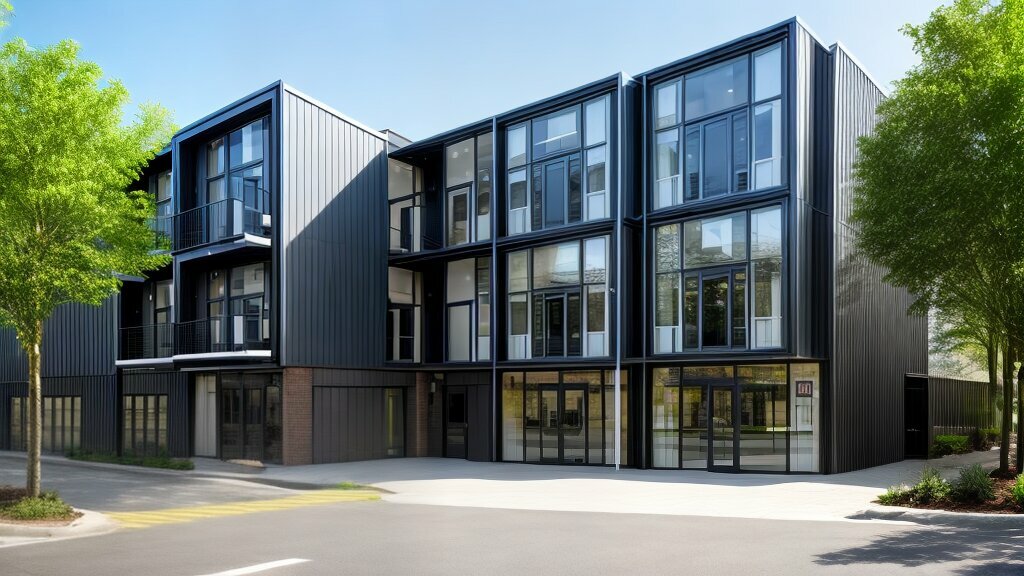
This student accommodation project was completed in just 12 months, using modular construction techniques. It involved the fabrication of 679 modules, which were transported to the site and assembled with minimal disruption to local residents. The result was a high-quality, energy-efficient building with reduced waste generation and environmental impact.
2. St. Helena Hospital, California

The St. Helena Hospital was built using prefabrication methods, resulting in significant savings in time and cost. The modular building was designed to meet the needs of modern healthcare and was fabricated offsite to ensure precision and quality. The project was completed in just 14 months, and the hospital continues to be an exemplary case study for modular construction in the healthcare sector.
3. Holloway Road, London

The Holloway Road project is an outstanding example of how prefabrication and modular construction methods can be used to create affordable housing without compromising quality or sustainability. The building was fabricated offsite with precision and speed and was assembled on-site in just 10 weeks. With a focus on energy efficiency and innovative design, the building comprises of 11 storeys and houses 119 residents in a combination of affordable and private rented homes.
Future Trends in Prefabrication and Modular Construction
As the construction industry continues to evolve, prefabrication and modular construction are set to play an increasingly important role. Here are some emerging trends that are likely to shape the future of this field.
- Increased use of robotics: With the advancements in robotic automation, builders can now leverage robots to perform tasks such as welding, cutting, and assembly with greater precision and speed.
- Advanced manufacturing techniques: The use of 3D printing and other advanced manufacturing techniques can enhance the production of modular building components, resulting in more efficient and cost-effective construction processes.
- Integration with renewable energy systems: Modular construction is uniquely positioned to work in tandem with renewable energy systems, such as solar and wind power, enabling builders to create sustainable buildings with reduced energy costs.
These trends demonstrate that prefabrication and modular construction will continue to be a driving force in the construction industry, enabling builders to streamline processes, enhance sustainability, and reduce costs.
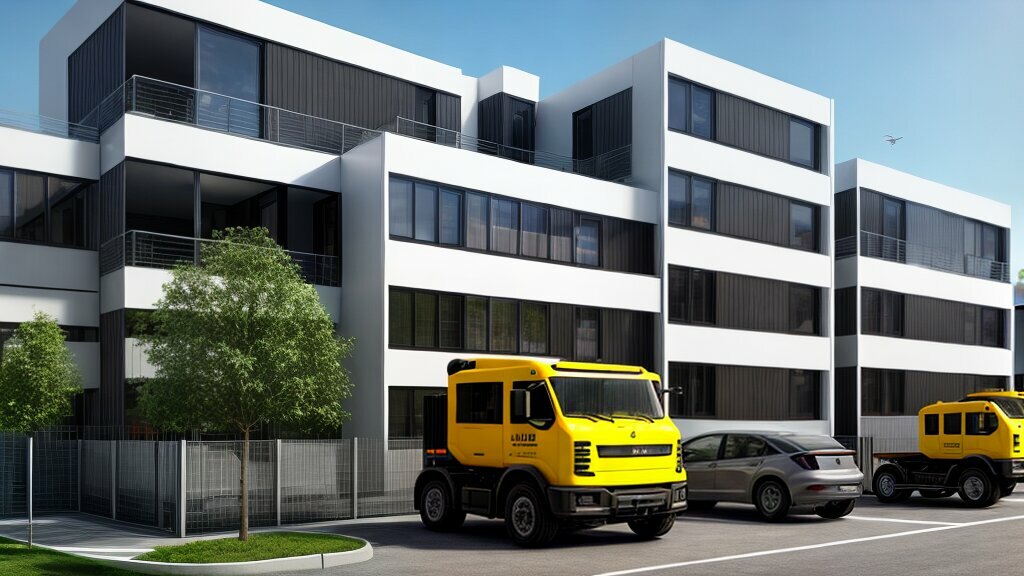
Benefits of Embracing Prefabrication and Modular Construction Today
Without doubt, prefabrication and modular construction techniques have revolutionised the building industry. By embracing these innovative approaches, construction companies can achieve a range of benefits that are not achievable with traditional construction methods. Here are some of the key advantages of adopting prefabrication and modular construction techniques today:
- Efficiency: Prefabrication and modular construction methods enable faster and more efficient construction by reducing on-site labour and avoiding weather-related delays. Building components are manufactured in a controlled environment and delivered to the worksite, where they are simply assembled.
- Sustainability: Prefabrication and modular construction techniques also have significant environmental benefits. By reducing waste and reusing materials, they generate less construction waste. Additionally, they use energy-efficient materials and processes, thus reducing carbon emissions.
- Cost-effectiveness: Prefabrication and modular construction techniques can also offer significant cost savings. By reducing on-site labour, construction time, and waste, they can reduce project costs without compromising on quality.
- Innovation: Prefabrication and modular construction techniques can drive innovation, allowing for more creative design solutions that might not be possible using traditional construction methods. They also enable the use of new materials, building techniques, and technologies.
By embracing prefabrication and modular construction techniques, construction companies can realise significant benefits for their projects and the environment. With increased efficiency, sustainability, cost-effectiveness, and innovation, it’s clear that these methods are the way of the future.

Conclusion
In conclusion, prefabrication and modular construction have emerged as game-changers in the construction industry, offering significant benefits in terms of efficiency, sustainability, cost-effectiveness, and innovation. As we have seen, offsite construction using factory-built components can lead to reduced construction time, improved quality control, and lower waste generation.
The sustainability benefits of prefabrication and modular construction are also noteworthy, with the use of eco-friendly materials and energy-efficient systems contributing to a reduced environmental impact. Moreover, the versatility and adaptability of modular buildings make them suitable for a wide range of applications, including residential, commercial, educational, and healthcare structures.
As the construction industry continues to evolve and embrace technological advancements, prefabrication and modular construction are set to become even more important. With emerging trends such as the use of robotics and advanced manufacturing techniques, we can expect to see even greater efficiencies and innovations in the future.
Therefore, it is vital that the industry embraces prefabrication and modular construction today, to ensure that we are building sustainable, efficient and innovative buildings for the future.
FAQ (Frequently Asked Questions)
Q: What is prefabrication and modular construction?
A: Prefabrication and modular construction involve constructing building components offsite in a factory and then assembling them at the construction site.
Q: What are the advantages of prefabrication and modular construction?
A: The advantages include improved efficiency, reduced construction time, cost-effectiveness, and increased quality control.
Q: How does prefabrication and modular construction contribute to sustainable construction?
A: Prefabrication and modular construction contribute to sustainable construction by reducing waste generation, improving energy efficiency, and enhancing environmental performance.
Q: Why is preconstruction planning important for prefabrication and modular construction?
A: Preconstruction planning is crucial for successful implementation of prefabrication and modular construction as it involves design coordination, logistics, and project management.
Q: What are the different types of modular buildings?
A: Modular buildings can vary from residential and commercial structures to educational and healthcare facilities, showcasing their versatility and adaptability.
Q: How does prefabrication and modular construction drive innovation in the construction industry?
A: Prefabrication and modular construction drive innovation through technological advancements, design flexibility, and the use of sustainable materials.
Q: What challenges are associated with prefabrication and modular construction?
A: Challenges include transportation logistics, site conditions, and integration with traditional construction methods. Strategies for overcoming these challenges will also be explored.
Q: Can you provide examples of successful prefabrication and modular construction projects?
A: Yes, we will feature real-life case studies of successful prefabrication and modular construction projects, highlighting their outcomes, efficiencies, and sustainable features.
Q: What are the future trends in prefabrication and modular construction?
A: Emerging trends include increased use of robotics, advanced manufacturing techniques, and integration with renewable energy systems.
Q: What are the benefits of embracing prefabrication and modular construction today?
A: Embracing prefabrication and modular construction offers benefits such as efficiency, sustainability, cost-effectiveness, and innovation in the building industry.






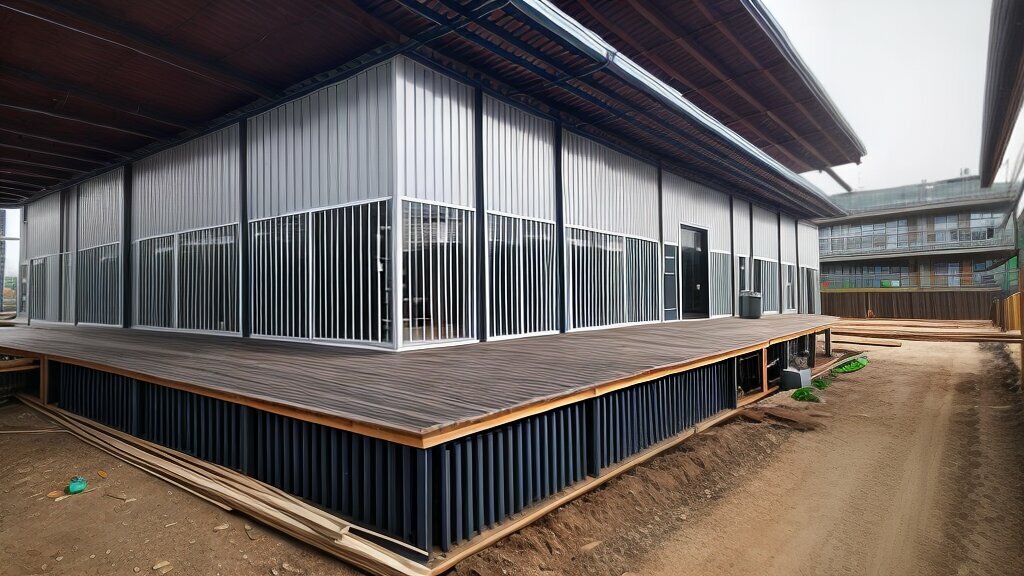























Post comments (0)